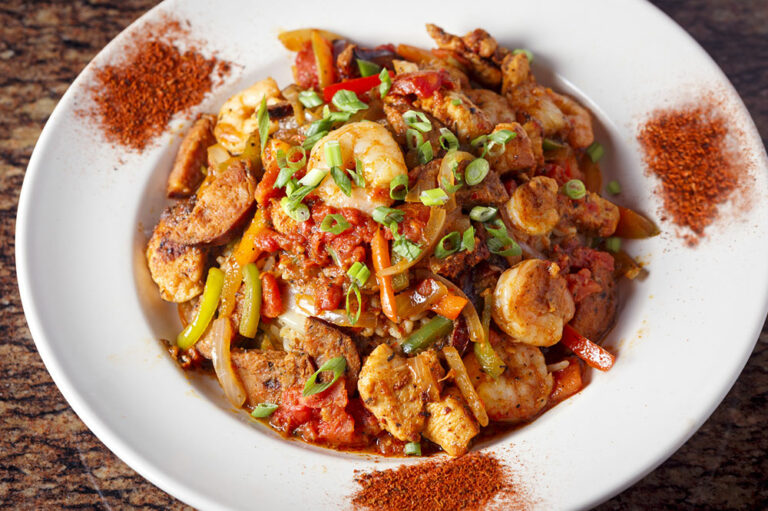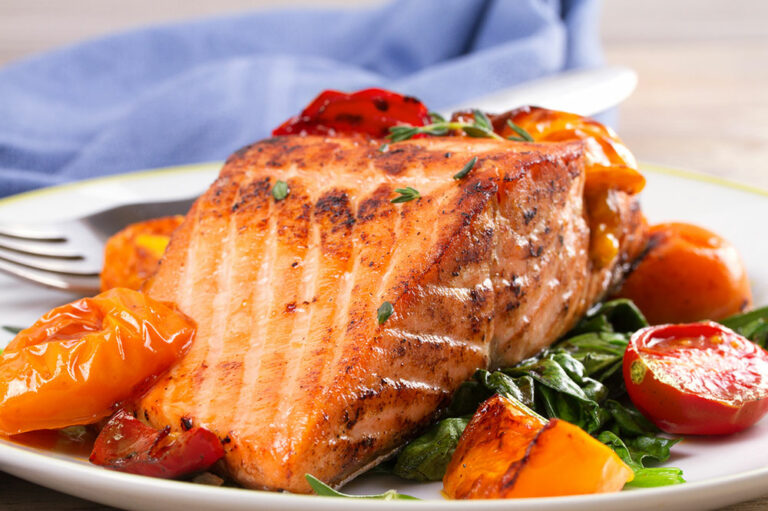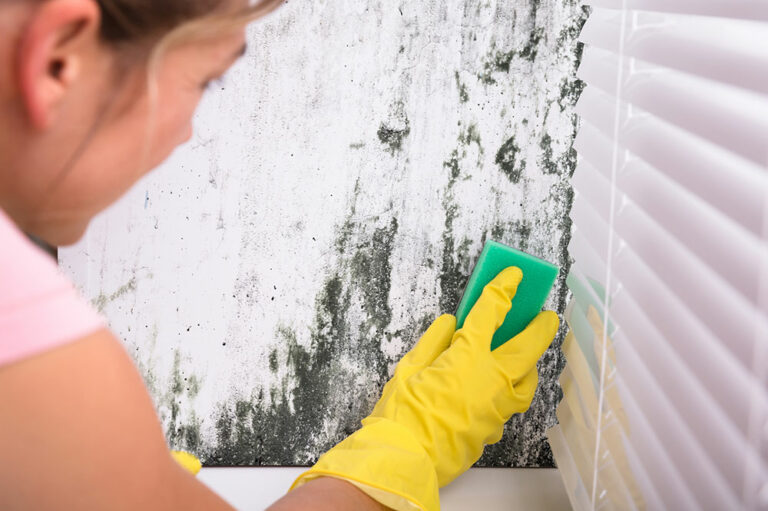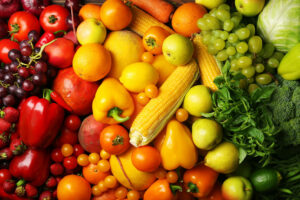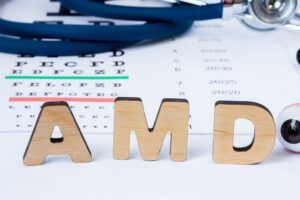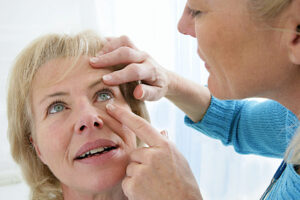
16 common signs of leukemia
Leukemia is a type of cancer affecting white blood cells and bone marrow. While some forms of the condition are more common in those under 15 years of age, other types of leukemia mostly affect those over 55. The treatment here aims to eliminate cancerous cells, promote the production of healthy blood cells, and help in managing symptoms. Here are some common signs of leukemia that should prompt one to seek diagnosis and treatment: 1. Frequent infections The bone marrow is responsible for creating a type of white blood cells called lymphocytes. However, when affected by leukemia, the bone marrow produces white blood cells that never mature and instead multiply and enter the bloodstream. These abnormal lymphocytes are then unable to protect the body from infections and weaken the immune system. This makes it difficult to fight off pathogens and keep viral and bacterial infections at bay. So, if one falls sick more frequently and takes an abnormally long time to recover, they should consult a doctor. 2. Red spots on the skin If one notices small red spots on the skin, it may be a sign of leukemia. Abnormal white blood cells can disrupt blood clotting and make tiny blood vessels under the skin more fragile, resulting in these spots.
Read More 
